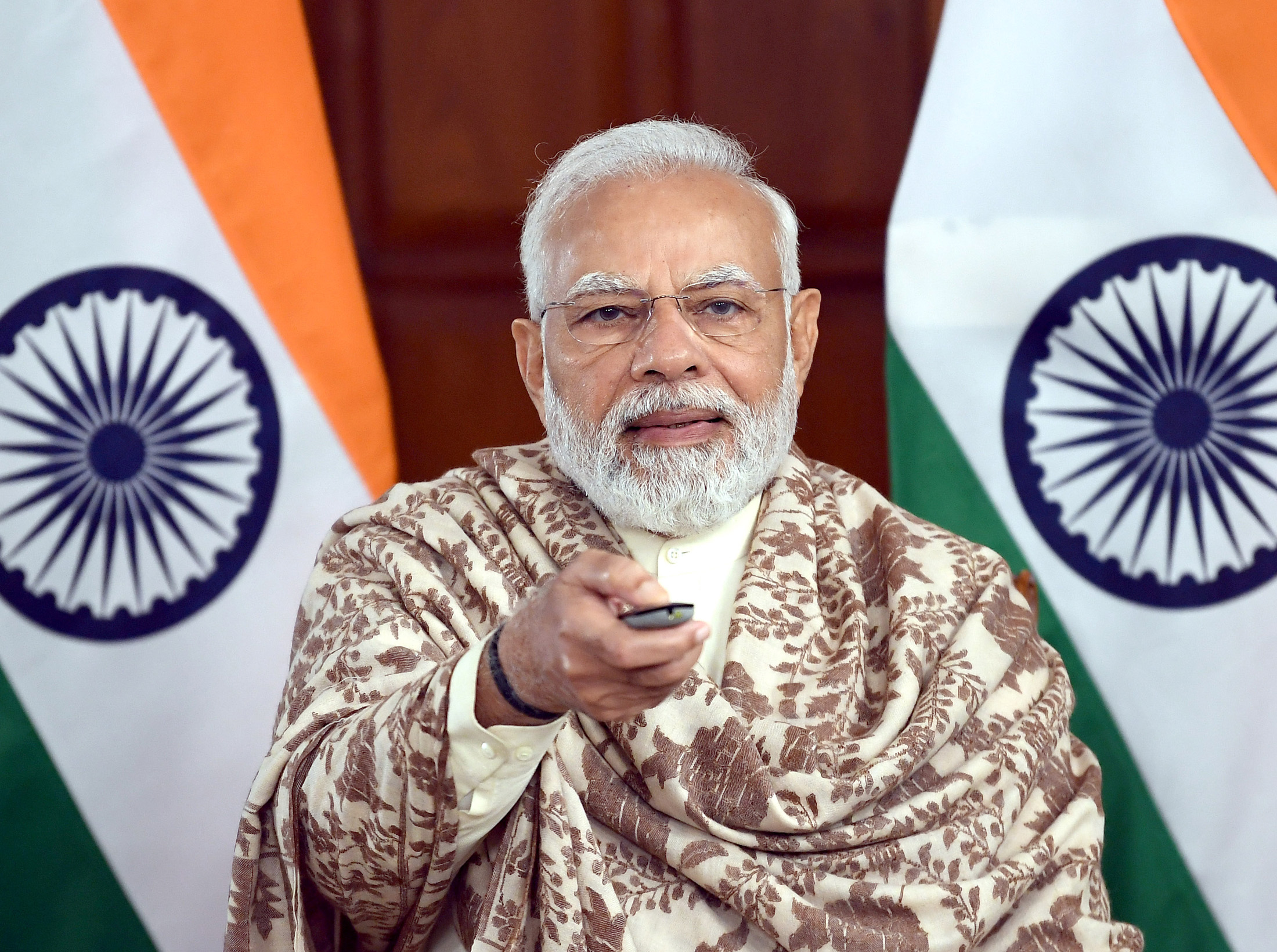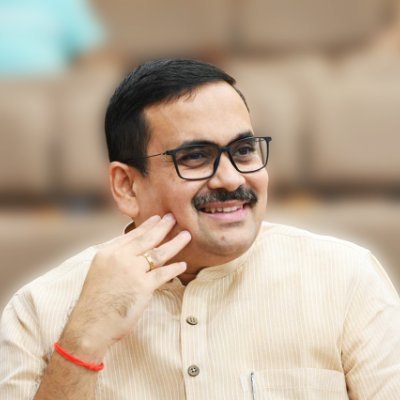In 2013, India was named in the infamous list of Fragile Five Economies by Morgan Stanley that indicated the systemic risks emerging economies faced, owing to their disproportionately high level of dependence on foreign investments to sustain their growth. Not just that, by 2013, the overall investor confidence in India was terribly low owing to a severe phase of policy paralysis India was facing thanks to a dysfunctional government at the Centre, at that time, that was mired in innumerable cases of alleged corruptions. Further, a declining security environment owing to a spate of terror attacks India had faced over the previous one decade, often orchestrated from across the border but with no visible strong retaliation by Government of India, had further impeded India’s reputation globally. It was indeed a tragedy that a country with enormous intrinsic potential, huge repository of natural resources and rich cultural heritage was severely falling short of expectations. It was then that Prime Minister Modi led NDA Government was elected to power in May 2014.
To understand the enormity of what has been achieved by Prime Minister Narendra Modi led NDA Government in the last nine years, one needs to look at the fact that in less than nine years, Modi Government elevated India from the list of Fragile Five to Major Five Economies of the world, with now India being the fifth largest economy of the world with a GDP of $3.75 trillion and is poised to become a $4 trillion economy by early next year.
Yet, it is not just that. The real accomplishment of India under the leadership of Prime Minister Narendra Modi is that India achieved this feat, along with breaching a record milestone of $770 billion of exports, and a robust foreign exchange reserve of nearly $590 billion, even when, much like the rest of the world, it went through a tumultuous time of a horrendous pandemic spread by Covid virus, followed by a devastating Ukraine-Russia war, both of which had a major impact on global supply chains and sky rocketed the price of many critical commodities.
In other words, India achieved these feats when the above-mentioned global catastrophes were ripping apart the world and pushed many countries on the brink of bankruptcy. India’s phoenix like rise under Prime Minister Modi’s leadership has been such an exceptional feat that India has been termed as ‘a bright spot on this otherwise dark horizon’ by global institutions such as IMF.
If achieving economic resilience was one part of the accomplishment, the other remarkable feat was invariably the manner in which India dealt and managed the Covid pandemic. From administering more than 200 crore dosage of ‘Made in India’s vaccines to over 100 crore of the eligible citizens, entirely free of cost, and providing free additional rations to more than 80 crore people throughout the phase of pandemic, and still continuing, made sure that no Indian would be deprived of either the life-saving vaccines or basic food items, during those difficult moments of the pandemic. Under Modi Government, India exemplified the perfect template of public-private partnership wherein India’s private sector made vaccines were being administered to the entire eligible population, completely financed by Government of India.
Further, at a time when most countries of the Western countries were reluctant to share their vaccines with the developing countries, Modi Government went out of the way to provide vaccines to more than 95 countries.
Also, if today India is being acclaimed for its economic resilience, one has to remember that India’s economic resilience did not happen overnight but is the outcome of painstaking reforms ushered in by Modi Government over the last nine years.
From demonetization, to implementing of GST, which is one of the most significant structural reforms of the last three decades, to enacting Insolvency & Bankruptcy Code Act, to doing away with hundreds of redundant laws, to easing the process of compliance for organizations, in addition to major investments by Government of India to boost the country’s infrastructure matrix, the list is indeed endless. Further, major efforts have also been put to improve overall productivity of economy through policies like National Logistics Policy and PM Gatishakti- National Master Plan for Multi Modal Connectivity. Also, not to forget the major impetus that was given by Government of India to boost the capital base of public sector banks and making them more resilient through mergers.
At a time when most other countries were grappling with challenges of dealing with pandemic related fallouts on the economy, and were try to take the easy way out through additional printing of money, PM Modi led Government of India, did not take any short cut. It is primarily because of this that when many other countries, from major ones to developing and marginal ones, are all grappling with challenges of financial bankruptcy, recession and high level of inflations, India remains relatively more resilient and stable because Modi Government, instead of taking short cuts, went ahead with more structural reforms that were aimed at making Indian manufacturing more competitive.
Modi Government’s Production Linked Incentive (PLI) scheme spread across more than a dozen sectors, coupled with Atmanirbhar Bharat Abhiyan, made sure that India not only eventually emerges as a major hub for global manufacturing but also becomes a critical part of global supply chains. In areas of defence, a major initiative is being undertaken by Modi Government to reduce India’s dependence on imports and eventually make India a major player on global defence industry by boosting indigenous production through availing more opportunities to Indian companies which in the past were always denied a level playing field, since middlemen and imports ruled the roost. PM Modi changed all of that. Also, Modi Government has taken some crucial decisions to simultaneously buy some critical high end weapon systems from abroad, since full-fledged self-reliance in defence production, even though desirable and the process has been started, would take time to fructify for high-end systems, and India needs to remain prepared for any eventualities in the immediate future. There is no contradiction in these two decisions and each complement the other.
Also, from making Article 370 inoperative to complete J&K’s final integration with India, to conducting major cross-border strikes in the heart of terror dens across borders, to defying global sanctions to take oil and weapon systems from Russia, even while maintaining good relation with Western power blocks, PM Modi has always made sure that India’s national interest comes before anything else.
It is astonishing that in a country where till 2013, it was a norm than an exception that a mere 15 paisa reached beneficiaries for every rupee allocated by Government of India under various welfare schemes, Modi Government’s radical transformation of delivery of welfare schemes through JAM (Jandhan Aadhar Mobile) Trinity, which started with Jan Dhan Yojana to open more than 47 crore bank accounts, mostly for the unbanked, followed by connecting the same with Aadhar and mobile phone numbers, made sure that all kind of illegal intermediaries, and names of fake beneficiaries are wiped out, and money from government welfare schemes are directly transferred to the accounts of the real beneficiaries. A recent figure of Government of India stated that it saved $27 billion by application of DBT, as it eliminated all kinds of corruption by intermediaries.
From building more than 11 crore toilets and 2.23 lakh community sanitary complexes, to providing 40.82 crore loans worth Rs 23.2 lakh crore under MUDRA Scheme in the form of institutional funding to micro enterprises, hitherto unbanked, that also created crores of new generation of entrepreneurs, to creating the third largest ecosystem for startups in the world with more than 99,000 DPIIT recognised entities, to redefining public transport in India with opening up of a series of new metro rail networks, along with new generation Vande Bharat Trains, Modi Government has set the ball rolling for India’s journey towards becoming a $10 trillion economy in the coming one decade.
Not just that, so that India, unlike in the past, did not miss out on future opportunities, PM Modi has made sure that India takes the right kind of initiatives on mission mode basis to work on development of green hydrogen, deep space exploration, research on quantum computing and AI, as well as making India a hub for electric vehicle manufacturing. And unlike in the past, the most fundamental difference in terms of what PM Modi has strived to work is in taking into confidence the teeming millions of budding young entrepreneurs of the country by opening up avenues of opportunities for them so that not only they do not need to go abroad for fulfil their dreams in future, as was the norm in past, but also, so that their ideas can help India unleash the next generation of technologies from here as well.
Last but not the least, by giving equal focus on restoring India’s rich cultural heritage, and by creating the right kind of connect between present day economic necessities along with research on technology for future, and guided by the essence of spirituality and cultural roots, PM Modi is making sure that India puts up a new template of development for future, which would not be merely for making money at any cost, but would be humane, and wealth generation would be rooted to greater good for not just a few but for nations and mankind as a whole.
Prime Minister Modi has sown the seeds of not just the revival of India’s rich cultural heritage that had been tormented for centuries, and often ignored by successive regimes even after the country’s independence, but is also making sure that India’s real economic and technological potential is finally unleashed. It is for making sure that the work continues unhindered that the coming 2024 Lok Sabha Elections is so very crucial for India’s future, to make sure that India becomes a $10 trillion economy in the next one decade and become the true voice and template for the developing world to follow.
(The views expressed are the author's own and do not necessarily reflect the position of the organisation)


